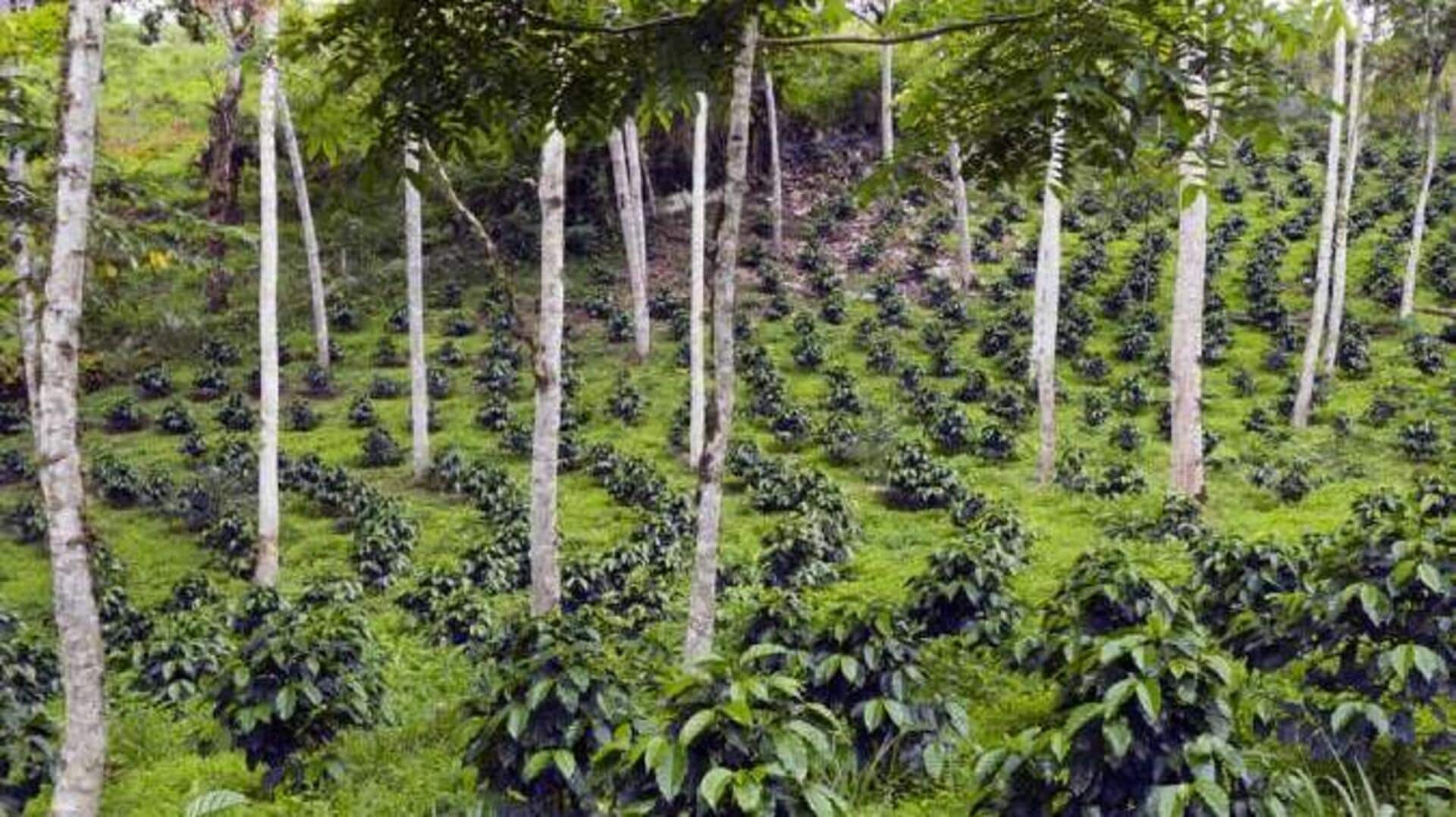
Exploring Kenya's Rift Valley agroforestry
What's the story
Kenya's Rift Valley is a world leader in agroforestry, which combines agriculture and forestry to create more sustainable land-use systems. This approach not only strengthens the local economy but also helps fight climate change by increasing tree cover. Projects here are varied, from small family farms to large-scale operations, all focused on improving biodiversity and empowering communities.
Integration
Sustainable farming meets reforestation
In the fertile heart of the Rift Valley, farmers are reaping the benefits of a greener approach to agriculture. By combining tree planting with traditional crop cultivation, they've boosted agricultural productivity by 20%. How? Trees offer natural shade for crops, enhance soil fertility through nitrogen fixation, and minimize erosion. This harmonious coexistence of trees and crops is the essence of agroforestry, a practice gaining momentum in the region.
Community
Empowering communities through agroforestry
Agroforestry projects have strengthened local communities by creating new income opportunities. People are now earning extra money by selling fruit, nuts, and timber harvested from the trees they've planted. Women's groups have also seen significant benefits. Many have established their own nurseries to provide saplings for reforestation efforts. These projects have boosted household incomes by as much as 30%, highlighting the transformative economic potential of agroforestry.
Conservation
Biodiversity conservation alongside agriculture
The planting of native tree species on farmlands has significantly contributed to biodiversity conservation in the Rift Valley. These trees provide habitats for many bird species and pollinators, crucial for crop production. The expanded tree cover has also led to the re-emergence of wildlife species in these areas, further emphasizing the ecological advantages of integrating forestry into farming practices.
Water
Water management innovations
In the semi-arid landscapes of the Rift Valley, every drop of water counts. Agroforestry projects have implemented cutting-edge water management practices, utilizing solar pump-powered drip irrigation systems and extensive rainwater harvesting networks. These methods ensure that both trees and crops receive essential hydration throughout the year, reducing waste and preserving this precious resource.
Training
Education and training programs
To guarantee the sustainability and long-term success of agroforestry initiatives, various organizations have implemented comprehensive education and training programs for farmers. These capacity-building efforts focus on teaching farmers about sustainable farming practices, nursery management, and climate-smart agriculture techniques. By prioritizing knowledge transfer, these projects empower farmers with the skills necessary to manage their lands more sustainably and productively.